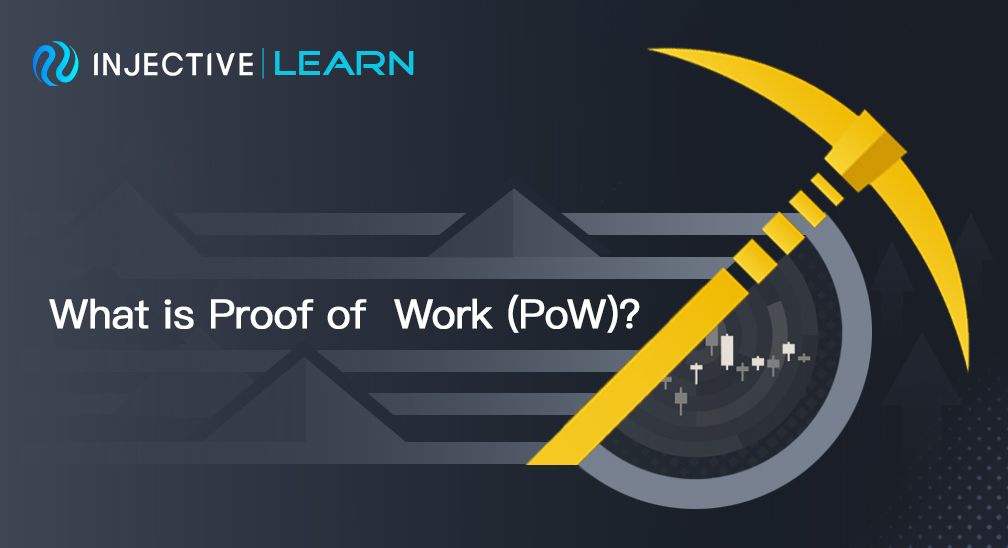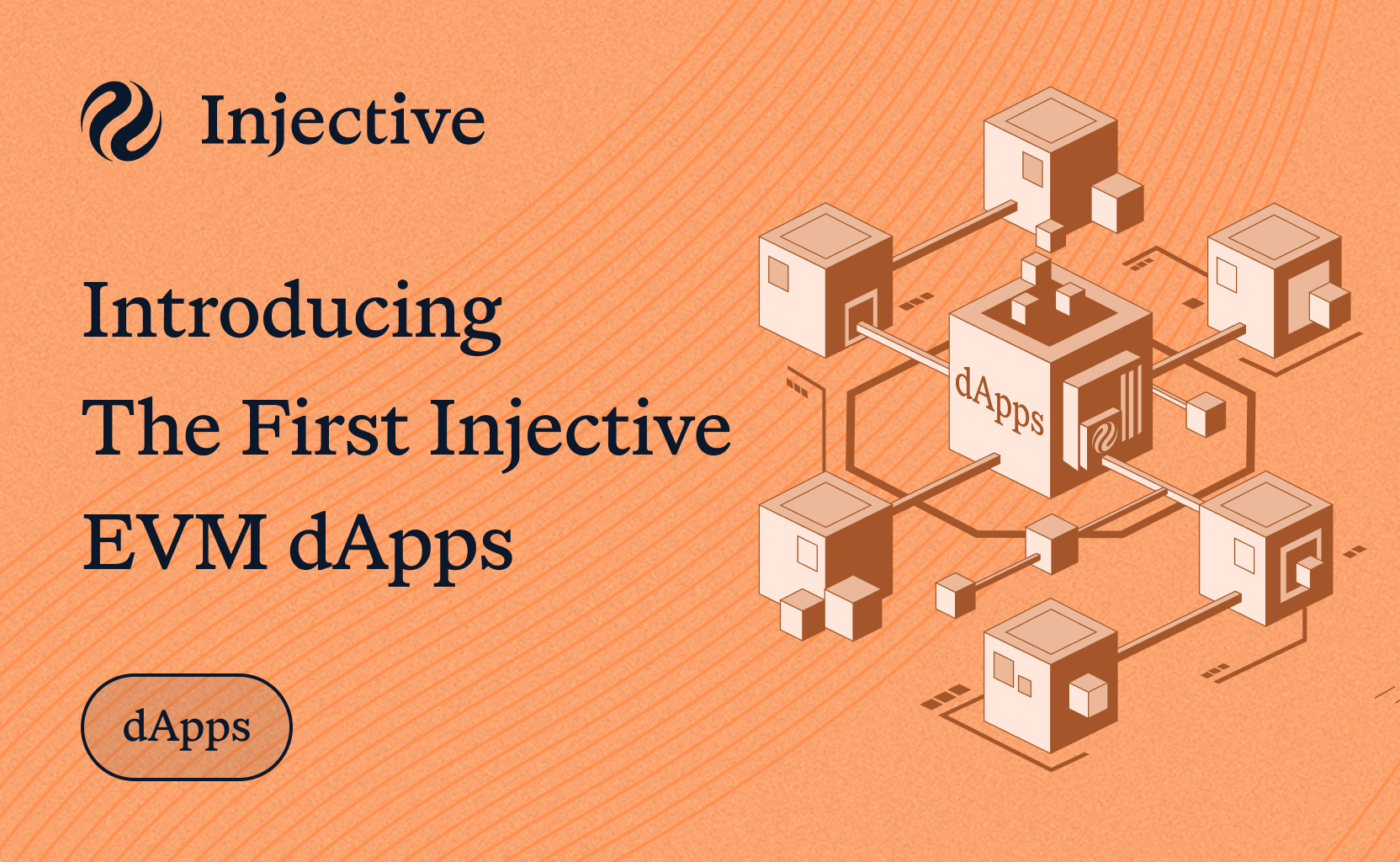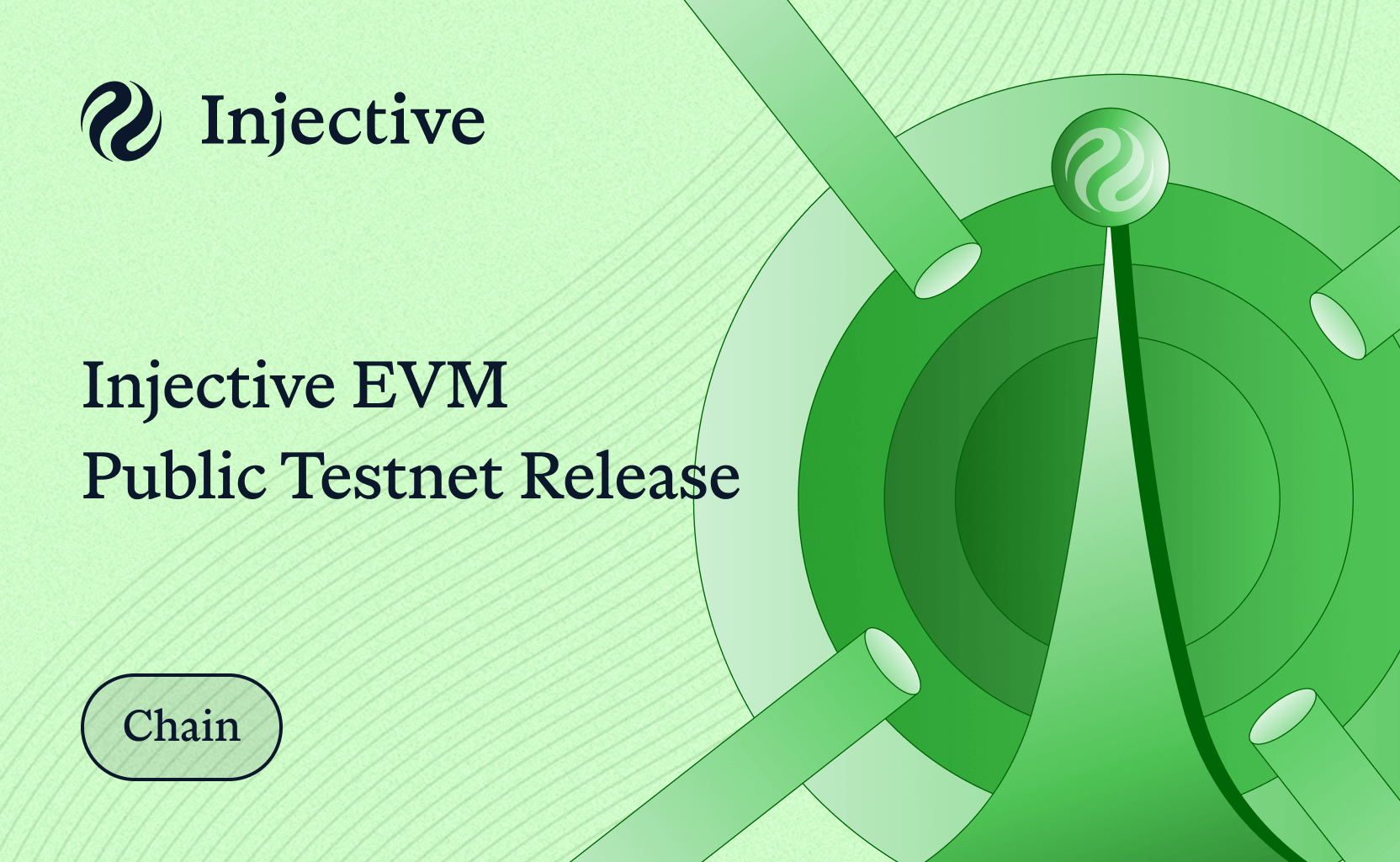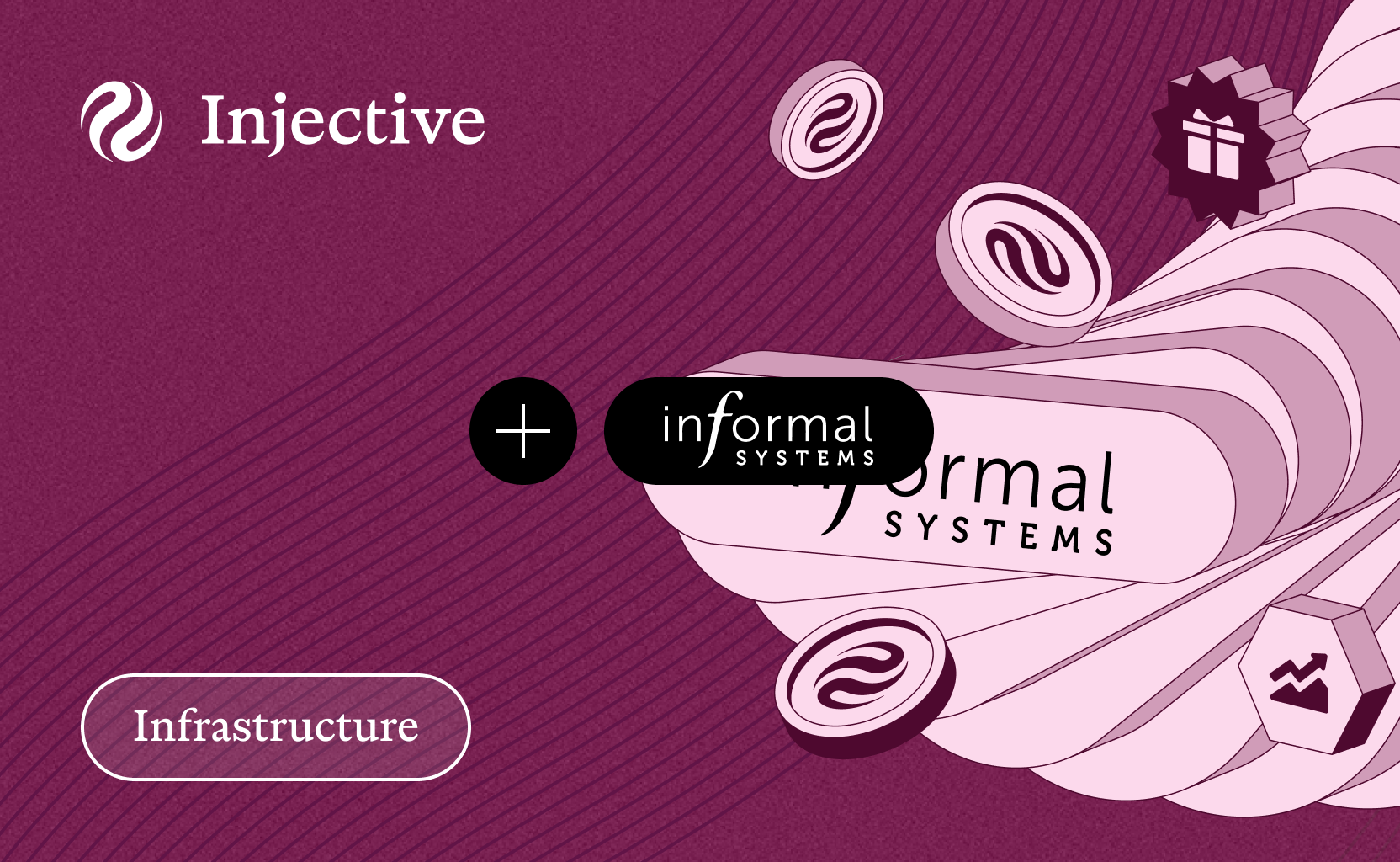Proof of Work (PoW) is a consensus mechanism that prevents the same funds from being sent to two recipients simultaneously, a scenario known as double-spending. Many major blockchains use PoW as a foundation for reaching consensus among users or machines coordinating in a distributed setting.
Though PoW technology was conceived long before Bitcoin, it was more formally introduced by Satoshi Nakamoto in the 2008 Bitcoin whitepaper.
What is Double Spending?
Double spending is when the same funds are spent more than once. The term is mostly used in the context of digital currencies rather than cash, as it is more likely to result from a flaw in a digital currency transfer scheme. It is best explained with an example:
If you were to buy a dozen flowers with a twenty-dollar bill at one shop, you could not go into another store and purchase something with the same twenty-dollar bill. However, with digital cash, there is the possibility that you could spend the same funds twice. In the same way, you can email the same file to multiple people, you can send the same funds twice, as they are both composed of data. So in this scenario, double spending is as easy as copy pasting a file on a computer.
It is important to prevent double-spending because it can potentially lead to the collapse of the digital currency itself. This is why PoW is crucial in the blockchain space.
What is the PoW Process?
PoW ensures that users are not spending money they do not have the right to spend. This is achieved by combining game theory and cryptography.
The PoW algorithm permits anyone to update the blockchain according to the rules of the system. In blockchain, transactions are not added one by one, but instead, they are combined into blocks. After the transactions are announced, users can create a block that will be included in the candidate block, which we’ll explain further below.
Candidate Block
The candidate block, otherwise known as a temporary block, is a block that a miner (the user creating the block) is trying to mine in order to receive the block reward. Candidate blocks are created by miners by collecting and organizing multiple unconfirmed transactions. The temporary block will either be approved or discarded by the network.
In order to have a temporary block approved, miners have to compete against each other to solve the "puzzle" first. The transactions will only be considered valid once their candidate block becomes a confirmed block, meaning that it has been added to the blockchain.
PoW requires miners to expend some of their own resources to be able to participate in the transaction. For this reason, miners use their own computing power which hashes the block’s data until a solution to a puzzle is found. Hashing the block’s data means that you pass it through a function to generate a block hash.
The block hash works like a “fingerprint” – it’s an identity for your input data and is unique to each block. In PoW, you must provide data whose hash matches certain conditions. If it does not, you’ll have to change your data slightly to get a different hash. Changing even one character in your data will result in a totally different result, so there’s no way of predicting what an output might be. Therefore if you create a block, it requires a guessing game.
Normally you take the information from all of the transactions that you want to add, along with other important data, and hash it together. Since the dataset you hash together will not change, you must add a piece of variable data, otherwise known as a nonce. A nonce is a number you will change with every attempt so that you yield a different hash every time. When you finish putting it all together, you will have successfully completed the mining process.
In Closing
In summation, mining is the process of combining blockchain data and hashing it along with a nonce until a particular hash is reached. If a hash that satisfies the needed conditions, the right program will be broadcasted into a new block of the network. Since continuous hashing can be costly, the incentive for mining is that the protocol will reward you with cryptocurrency if you find a valid hash.
Although PoW has been proven to be a sound consensus mechanism for decentralized networks, it still faces a number of major issues such as high energy costs and sophisticated computational requirements.

About Injective
Injective is a lightning fast interoperable layer one blockchain optimized for building the premier Web3 finance applications. Injective provides developers with powerful plug-and-play modules for creating unmatched dApps. INJ is the native asset that powers Injective and its rapidly growing ecosystem. Injective is incubated by Binance and is backed by prominent investors such as Jump Crypto, Pantera and Mark Cuban.
Website | Telegram | Discord | Blog | Twitter | Youtube | Facebook | LinkedIn | Reddit | Instagram | Orbit Newsletter



